Whatever you’re writing, and no matter how organised and structured your messages are or how sure you are of what you want to say, if you want to engage your readers your words need to work hard.
Keep sentences short
 Be concise and to the point. It doesn’t take long to lose a reader. Keep your writing punchy with short sentences of around 15 to 25 words.
Be concise and to the point. It doesn’t take long to lose a reader. Keep your writing punchy with short sentences of around 15 to 25 words.
Vary your sentence length to help with the flow but remember to be concise and clear. Sentences of up to 30 words are fine as long as you balance them out with shorter ones.
Once you’ve written your first draft go back over it and cut out any unnecessary words or waffle – your readers won’t appreciate reading 40 words when 20 will do. If you find this difficult to do it might be worth asking a friend or colleague to take a look for you.
Accentuate the positive
Use active rather than passive phrases wherever possible.
Active sentences take the form of [someone] does [something]; in passive sentences [something] is done [by someone] – it’s often not necessary in a passive sentence to say who (or what) is doing the action. For example:
- “Our team offers the best customer service.” (active)
- “The best customer service is offered by our team.” (passive)
Note that in the case of the passive sentence there is no need to say who is doing the action – ‘the best customer service is offered’ still makes sense.
- “We stock 60 different colours of boys’ socks.” (active)
- “60 different colours of boys’ socks are stocked.” (passive)
Active language is positive and engaging and helps keep your writing less formal. Active phrases are also easier to understand.
You can inject positivity, inspiration, boldness and certainty into your writing through your choice of words as well. If you believe in what you’re saying, reflect that in your writing. For example:
- Say ‘will’ (a certainty) rather than ‘might’ (a possibility)
- Say ‘can’ (certainty) not ‘could’ (possibility)
- Say ‘great’ rather than ‘good’ to show enthusiasm and commitment
Don’t make empty promises (you want your customers to trust you, after all), but where you’re certain of an offer, do make sure you motivate your readers.
It also helps to avoid negatives in your writing. For example, compare these two sentences:
- “We offer a niche product, designed specifically for you.”
- “Not many people request this service, so you won’t see another like it.”
Which do you think people will respond to better? The first (positive) version or the second (negative) version?
Connect and make it personal
No one wants to feel like just another customer, and people generally don’t enjoy reading formal documents. Engage with your reader on a personal level and be friendly. Using pronouns like we, our, us and you rather than the organisation and our customers emphasises that personal link.
Compare these two sentences, for example:
- “Our bakers make fantastic, individualised cupcakes to make your mouth water!”
- “Cupcakes can be developed by the organisation’s bakers specific to customer instructions.”
The personal, emotive language in the first sentence makes the cupcakes sound much more appealing.
Don’t try to impress or blind with science
Use words your readers will be comfortable with. It’s great to be clever, but if your customers don’t understand you or feel patronised by you, they’ll stop listening.
There’s a time and a place for being impressive and sounding clever (mainly in exams and interviews). Out in the real world, it’s people, connections and relationships that count.
So, avoid jargon and buzzwords. Don’t try to be ‘down with the kids’. Be an expert but be accessible and approachable. Treat your reader as an equal and be true to who you are.
Have you found this useful? Why not sign up to our free newsletter for more guidance, tips and communications insights. Join our newsletter today.
